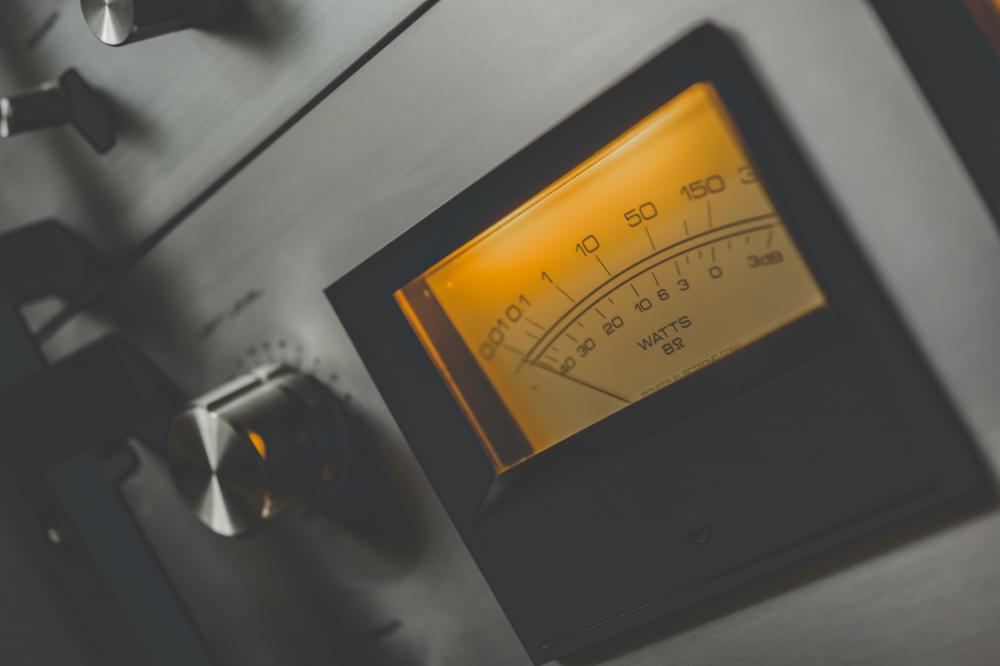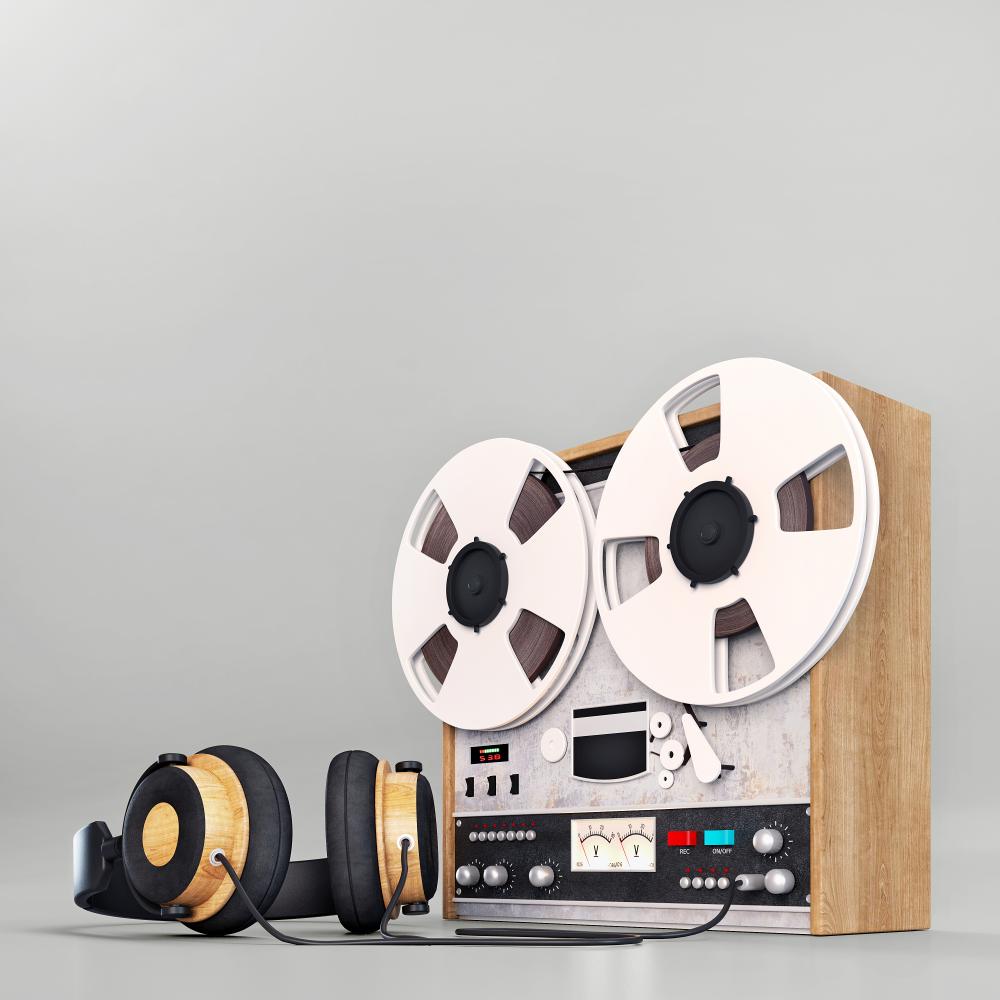
Embracing the Analog Sound
At the Audio Recording Center, our passion for capturing the pure essence of music drives our commitment to share valuable analog recording tips. The warmth and richness of analog sound have a timeless appeal that digital formats struggle to replicate fully. Whether you’re just starting your recording journey or you’re a seasoned pro looking to revisit the roots of sound recording, our goal is to guide you through mastering the art of analog recording.
Getting Started with Analog Recording
Choosing the Right Equipment
Finding the right gear is your first step to capturing that elusive analog warmth. From tape machines to microphones, each piece plays a crucial role in the overall sound. Vintage gear is revered not just for its aesthetic but for the unique characteristics it imparts on a recording. However, don’t be discouraged by budget constraints; many modern manufacturers are creating affordable equipment that pays homage to the classics.
Understanding Tape Machines
Analog recording revolves around magnetic tape machines. The choice between reel-to-reel and cassette formats can significantly impact your sound. Reel-to-reel systems, while more expensive, provide higher fidelity and a broader dynamic range. Cassettes offer a more accessible entry point and imbue recordings with a distinct lo-fi charm. Regardless of your choice, getting familiar with tape speeds, bias settings, and calibration processes is crucial for optimum sound quality.
Advanced Recording Techniques
Delving deeper into analog recording tips, it’s essential to explore the intricacies of microphone placement, tape saturation, and the use of external processors. These elements can transform a flat recording into a vibrant soundscape filled with depth and character.
Mic Placement Mastery
Microphone placement can dramatically affect the tonal qualities of your recording. Experimenting with distance and angles can uncover sweet spots that enhance the natural timbre of instruments and vocals. For instance, positioning a microphone closer to a guitar amp can emphasize lower frequencies, while moving it away captures more room ambience and natural reverb.
Unleashing Tape Saturation
Tape saturation is a coveted effect, known for adding warmth, depth, and harmonic complexity to recordings. By deliberately pushing the input levels into the red, you can achieve a natural compression and a subtle overdrive that breathes life into your tracks. This technique, however, requires a delicate balance to avoid unwanted distortion.
Mixing and Mastering on Tape
The mixing and mastering stages are where the magic of analog recording truly comes to life. Balance, EQ, and dynamic processing all play pivotal roles in shaping the final sound. Analog mixing consoles and outboard gear, such as compressors and equalizers, offer tactile control over these processes, allowing for real-time adjustments and creative experimentation.
Creative Use of EQ and Compression
When mixing on tape, EQ and compression are powerful tools. A well-EQ’d track can make instruments sit well together in a mix, providing clarity and cohesion. Similarly, judicious use of compression can glue the mix together, ensuring that no element overshadows another, while also enhancing the overall punch and presence.
Embracing Imperfections
One of the most endearing aspects of analog recording is its inherent imperfections. Tape hiss, slight pitch variations (wow and flutter), and saturation contribute to a recording’s character and vibe, distinguishing it from the pristine cleanliness of digital formats. Learning to work with and even embrace these imperfections can imbue your recordings with warmth and personality that set them apart.
Analog Vs. Digital: Bridging the Gap
While our focus at the Audio Recording Center is on analog recording tips, we appreciate the advancements and convenience of digital technology. Hybrid setups, which incorporate both analog and digital elements, offer the best of both worlds, allowing the warmth and character of analog gear to be captured with the flexibility and precision of digital editing and processing.
Integrating Analog Processes in a Digital Workflow
Integrating analog processes into a digital workflow can significantly enhance the texture and depth of your recordings. Recording to tape and then transferring those recordings to a digital audio workstation (DAW) for editing and additional processing combines the distinct sonic qualities of analog with the convenience of digital. This approach also makes analog recording more accessible, offering a feasible way to achieve professional results in a home studio setting.
Final Thoughts on Analog Recording Tips
As we’ve explored various analog recording tips, it’s clear that the allure of analog lies not just in its sound quality but in the tactile, hands-on experience it provides. The process of recording to tape demands attention to detail, encourages experimentation, and fosters a deeper connection with your music. Whether you’re tracking a full band or layering tracks in a home studio, analog recording offers a uniquely satisfying creative process that digital formats struggle to replicate.
At the Audio Recording Center, our mission is to empower you with the knowledge and tools to explore the rich world of analog recording. Whether you’re a novice eager to delve into the realm of tape or an experienced engineer looking to refine your analog techniques, we’re here to support your journey. Embrace the warmth, character, and imperfections of analog recording, and discover how these timeless techniques can elevate your music.
- Explore vintage and modern gear to find the right sound for your project.
- Get hands-on with tape machines and learn the nuances of tape speeds and bias settings.
- Experiment with microphone placement to capture the perfect tone.
- Delve into the art of tape saturation for added warmth and harmonic complexity.
- Bridge the gap between analog warmth and digital convenience with hybrid recording setups.
Remember, the journey is as important as the destination. Happy recording!

How Important Is Choosing the Right Equipment in Analog Recording?
Choosing the right equipment is foundational to capturing the true essence of your music in analog recording. It’s not just about the aesthetics or the nostalgia associated with vintage gear; it’s about the unique characteristics each piece of equipment adds to the recording. While vintage gear is highly sought after for its inherent warm sound and character, modern equipment designed with a nod to the classics can also achieve remarkable results, often at a fraction of the cost. Remember, the goal is to capture your music in a way that resonates with you and your listeners, and sometimes, that means finding a balance between budget and desired sound quality. It’s fascinating how sometimes a piece of affordable modern gear can surprise you with its analog warmth if you know how to make the most of it. Have you ever stumbled upon a piece of equipment that exceeded your expectations? I’d love to hear about your experiences in the comments.
Why Is Understanding Tape Machines Crucial for Analog Recording?
At the heart of analog recording lies the magnetic tape machine. Your choice between reel-to-reel and cassette formats can drastically color your sound. Reel-to-reel is renowned for its superior fidelity and broader dynamic range, offering a more refined listening experience. In contrast, cassettes provide a more accessible entry point for many, bringing a distinctive lo-fi charm to recordings. Familiarizing yourself with tape speeds, bias settings, and calibration will not only ensure optimal sound quality but also allow you to experiment creatively within the medium. There’s a certain magic in tweaking these settings to find your perfect sound–one that digital recording can’t quite replicate. How have tape machines influenced your recording process? Share your thoughts and let’s dive deeper into this analog marvel.
Can Microphone Placement Really Transform My Analog Recordings?
Absolutely, microphone placement is a powerful tool in your analog recording arsenal. It’s incredible how much the tone and feel of a recording can change with just a slight adjustment in mic position. By experimenting with distance and angles, you can discover ‘sweet spots’ that perfectly capture the natural timbre of instruments and vocals, adding depth and character to your tracks. This is where the art of recording truly comes to life; finding those moments where everything just ‘clicks’ can be profoundly satisfying. I remember one session where moving the mic just a few inches away from a guitar amp completely transformed a lifeless track into something vibrant and full of energy. It’s moments like these that underscore the importance of mic placement. What are some of your mic placement success stories? Let’s share and learn from each other’s experiences.
How Do I Achieve the Perfect Tape Saturation?
Tape saturation is akin to the holy grail of analog warmth. Achieving it involves pushing your input levels to the point where the tape naturally compresses the signal, adding harmonic complexity and a subtle overdrive that enriches your sound. The key, however, lies in finding balance. Too little saturation and you miss out on that coveted warmth; too much, and you’re in the realm of unwanted distortion. Through experimentation and careful listening, you’ll begin to understand how your specific tape machine responds to different levels of input. And remember, what works for one project might not for another–it’s all about the context and what serves the music best. Have you found any particular techniques or settings that work wonders for tape saturation? I’m eager to hear your insights and tips.
Why Should I Embrace Imperfections in Analog Recording?
Embracing imperfections in analog recording isn’t just a necessity; it’s part of what gives analog its soul. Tape hiss, wow and flutter, and the natural saturation of tape all contribute to a recording’s character, setting it apart from the clinical cleanliness of digital formats. These ‘imperfections’ add a human touch, a reminder of the physicality of the recording process. By learning to work with, and even highlight these aspects, you can imbue your recordings with a warmth and personality that’s truly unique. It’s in these imperfections that we find a deeper connection to the music, an authenticity that resonates with listeners on an emotional level. How have you turned analog imperfections into strengths in your recordings? Your stories could inspire others to view these quirks in a new light.
Analog Recording Resources
- Sound on Sound – A trusted resource for recording techniques, gear reviews, and industry news.
- The Tape Project – Dedicated to preserving the art of magnetic tape recording with high-quality tape releases.
- Recording Connection – Offers courses and resources for aspiring audio engineers and producers.
- Pro Sound Network – Provides insights into pro audio technology, trends, and best practices.
- Mix Online – A go-to source for recording, mixing, and mastering tips from industry experts.